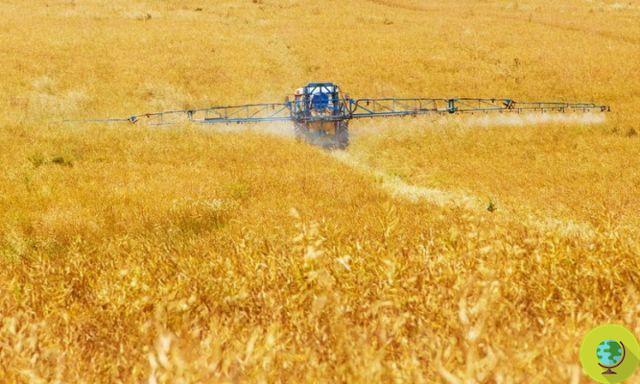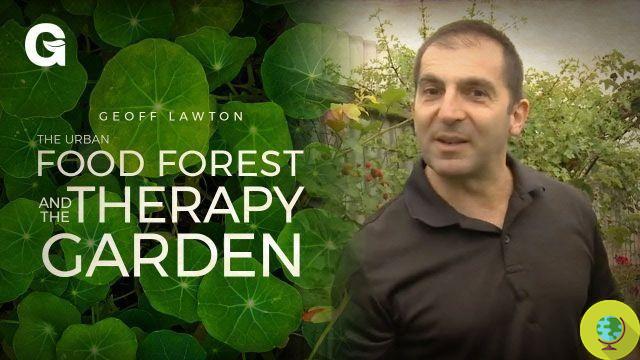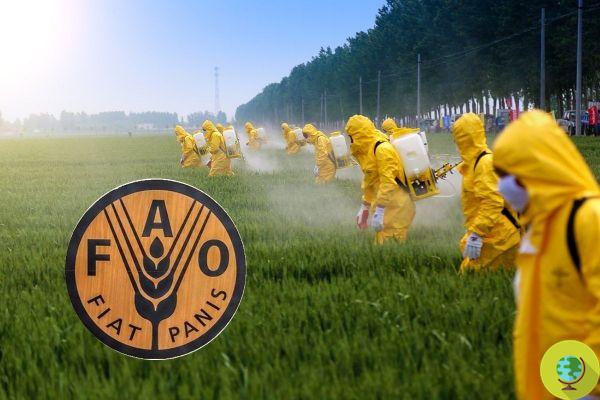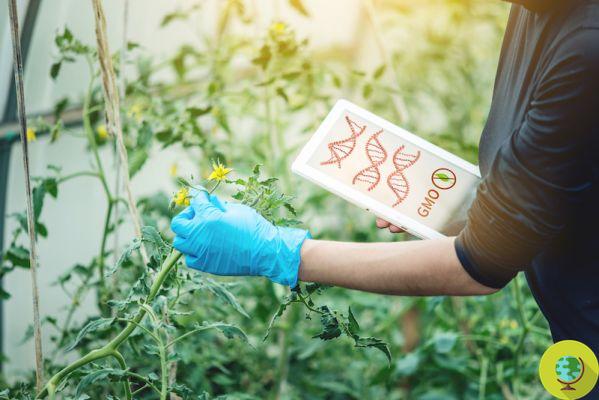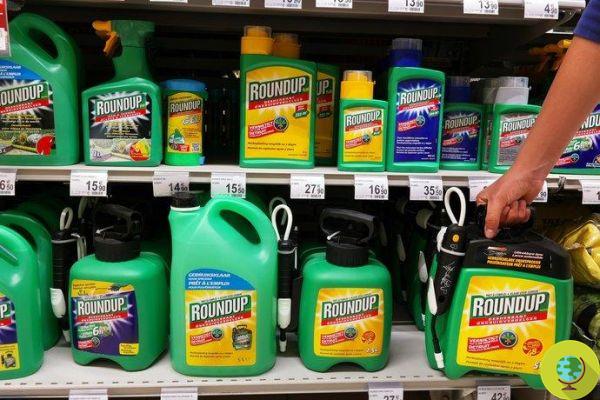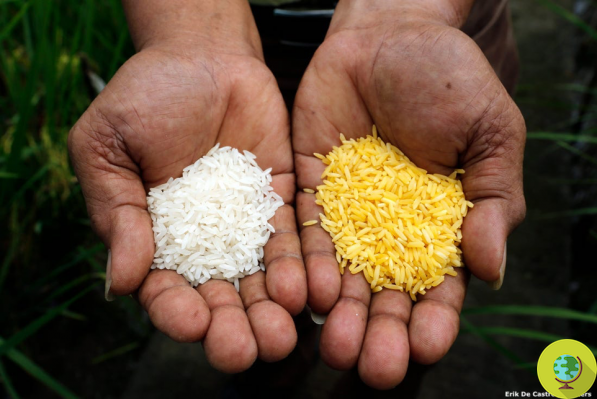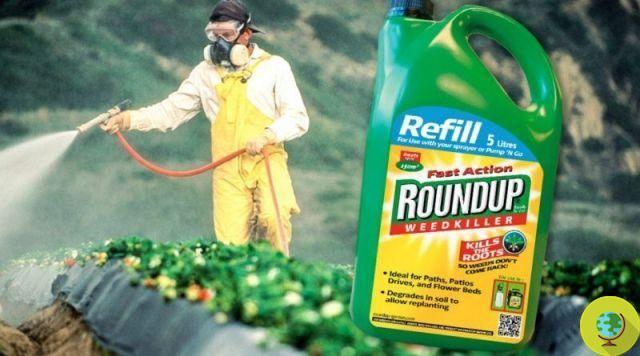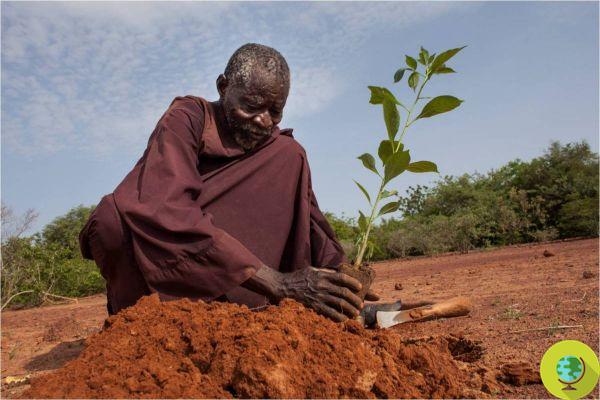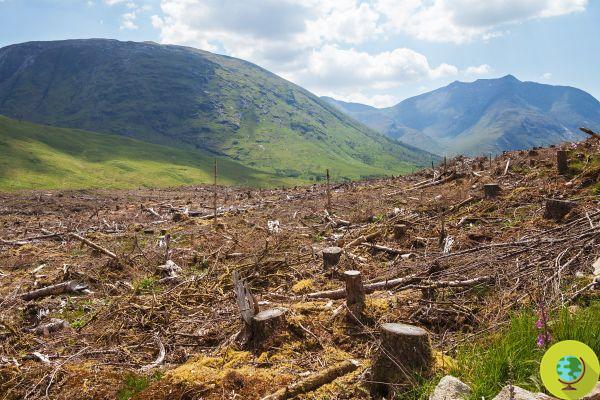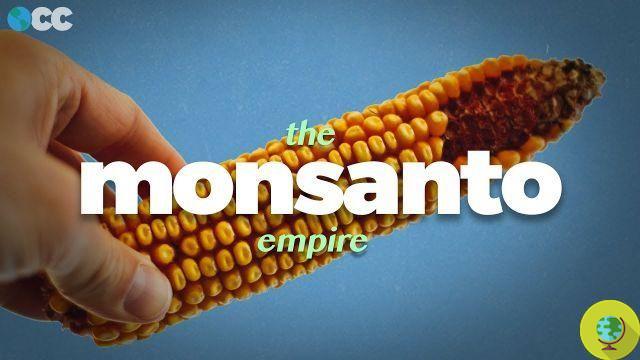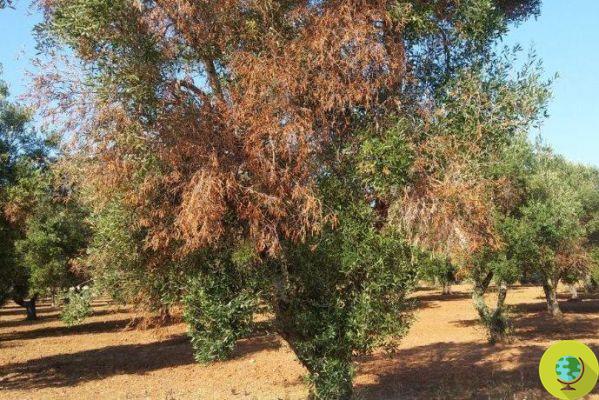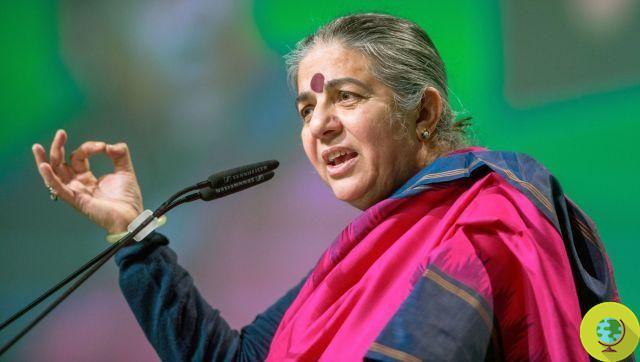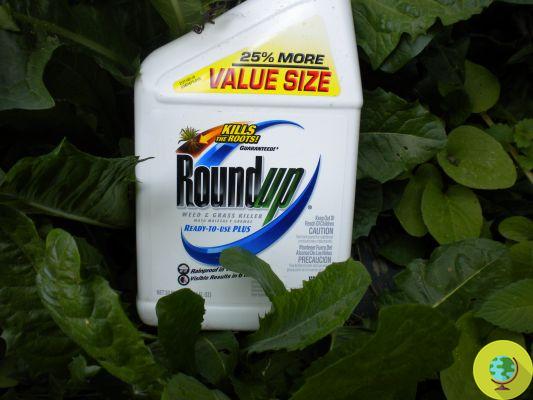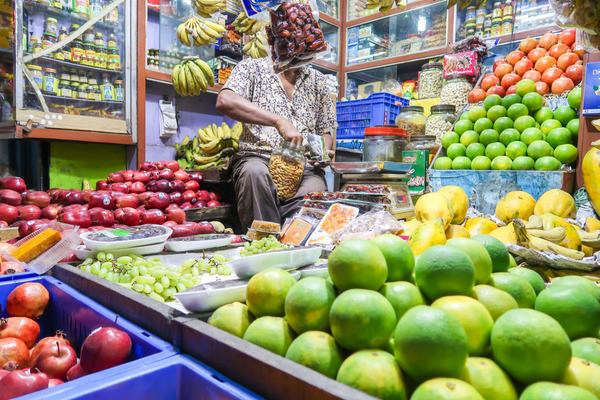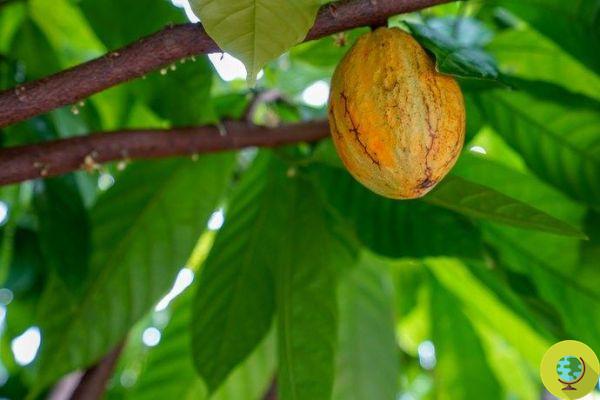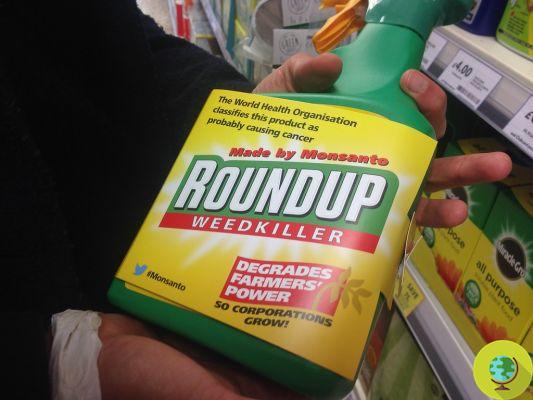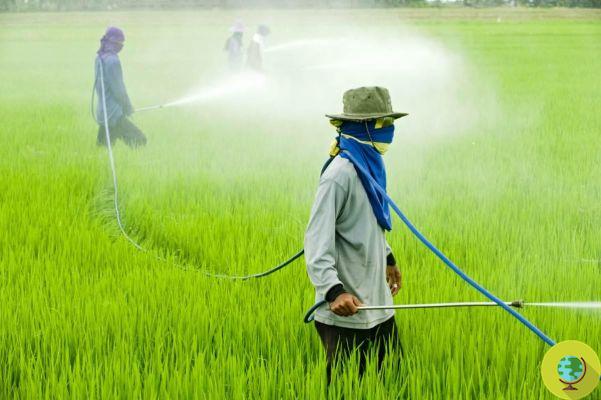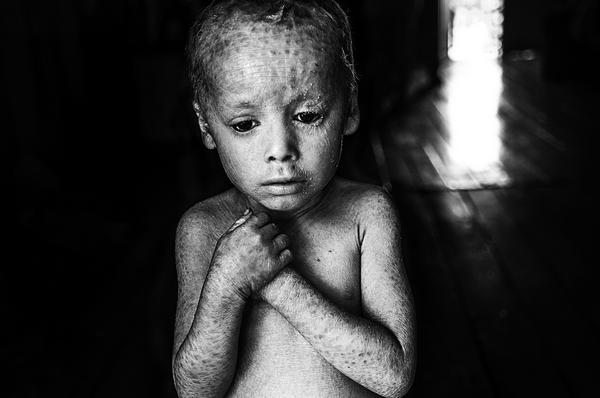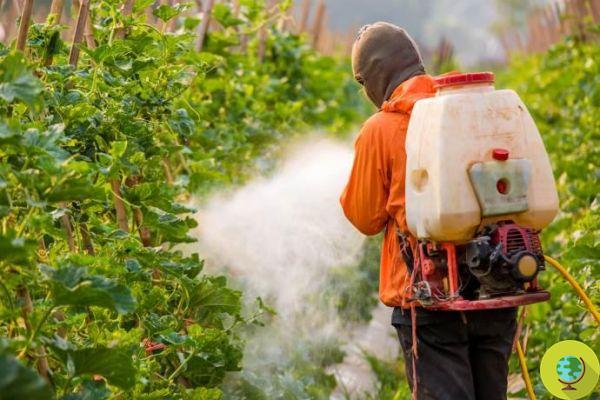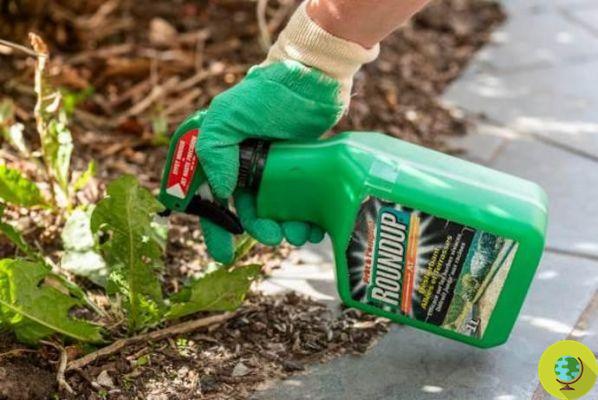
According to some researchers, more studies are needed to be certain about glyphosate exposure
He is about to end up run over, his mother saves himSome scholars have highlighted the paucity of data on glyphosate levels among individuals exposed for professional, parental or environmental use to the herbicide. This is why, according to a new review, it would be difficult to understand the extent of exposure overall and in vulnerable populations such as children
Glyphosate, how many dilemmas. What is certain is that it is a broad-spectrum herbicide and a dehydrator whose actual exposure few have evaluated the extent and quantity.
This is the risky hypothesis of some researchers, who have re-examined the documented levels of human exposure among workers in professional settings and the general population, coming to a conclusion: "it is difficult to fully understand the extent of overall glyphosate exposure in general and in vulnerable populations such as children ".
According to the study published in Environmental Health, coordinated by Christina Gillezeau, in fact, despite the growing and widespread use of glyphosate, very little research would have actually assessed the extent and quantity of human exposure.
For this reason, the scholars have completed one review of scientific publications on glyphosate levels in humans. 19 studies were identified, including five on occupational exposure to glyphosate, 11 on exposure in general populations and three on both.
Eight studies reported traces in the urine in 423 subjects exposed by profession and professional occupation; 14 identified glyphosate levels in various biofluids in 3298 subjects in the general population, while only two studies measured temporal trends in exposure and both show increasing proportions of individuals with detectable levels of glyphosate in their urine over time.
Well, the result that Gillezeau and his team have come up with is that it is evident shortage of data on glyphosate levels among individuals exposed for professional, parental or environmental use to the herbicide and which, for this reason, would be complicated fully understand the extent of exposure overall and in vulnerable populations such as children.
“We recommend further work to assess exposure across populations and geographic regions, allocate sources of exposure (eg occupational, household, food residues) and understand trends over time,” the researchers comment.
In short, a revision that seems to overturn the certainties acquired so far and if Europe has "saved" it for another five years, the most famous pesticide in the world continues to be indicated by the IARC as potentially carcinogenic.
But it is always around and not only in intensive crops.
In short, what will be the future of the infamous herbicide?
Sicily towards the ban on glyphosate
Meanwhile, local institutions continue to move towards bans. Last in temporal order Sicily, which has set itself ambitious goals: the abolition of the use of glyphosate, in fact, and also of neonicotinoids (insecticides that are lethal for bees and many other pollinating insects) in all areas, both agricultural and civil , and the conversion to organic farming by 2025 of all agricultural products on the island. The initiative in the bill dedicated to the defense of health, surface and groundwater, soil and agriculture - seven articles in all - with the first signatory Valentina Palmeri.
Read also
- Glyphosate: in France, the ban also applies to private gardens and gardens
- Glyphosate: Tuscany towards a ban, in the name of the precautionary principle
- France bans glyphosate: it is dangerous for our health
- The EU saves glyphosate for another 5 years. 'Gift to agrochemical multinationals'
Germana Carillo




